Latest
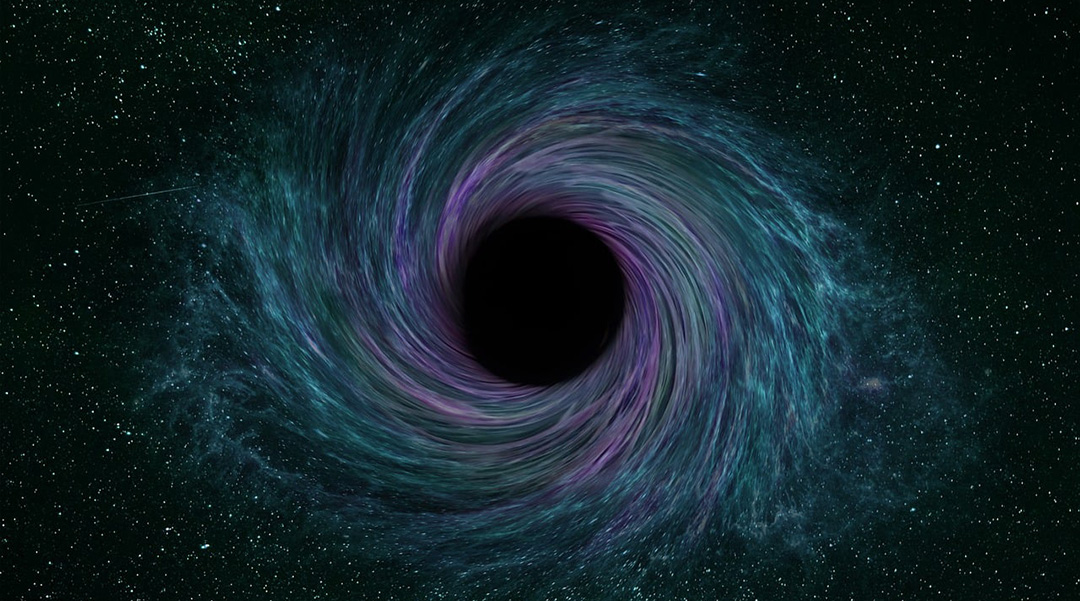
A theory of frozen stars challenges our understanding of black holes
Linking string theory with observations, frozen stars shed new light on black holes and the clash between quantum mechanics and relativity.
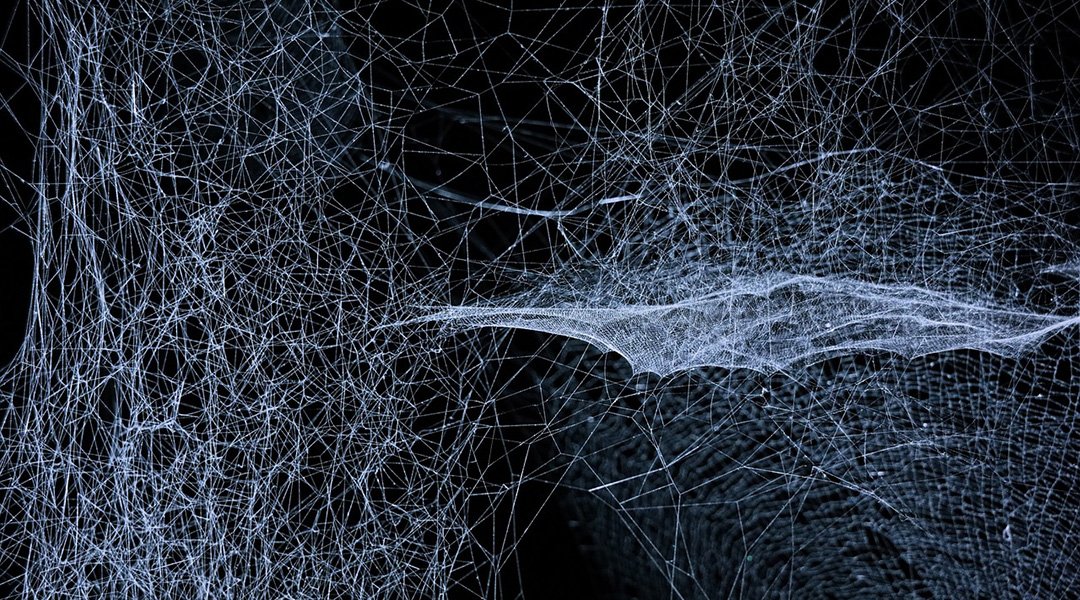
A “dark dimension” could help explain the origin of dark energy
Scientists propose that mysterious dark energy could be understood if we look at the Universe through the lens of string theory.

Securing data with bright entangled photons
Secure data sharing methods using quantum key distribution via satellites promise advancements in long-distance quantum communication.
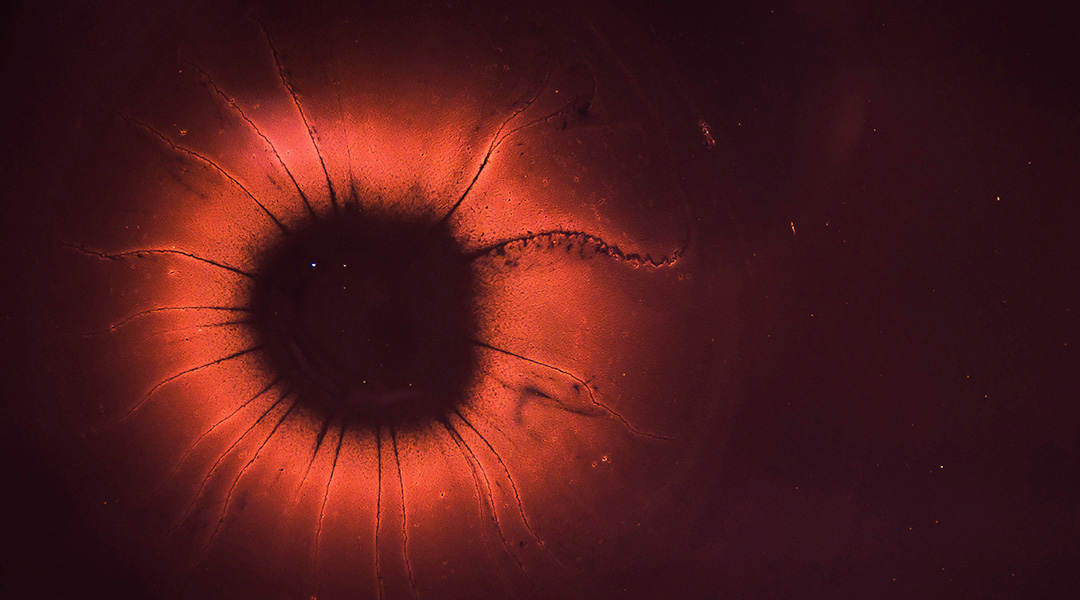
Study finds zombie cells may play a role in aging
Cells that can no longer divide may play a role in the chronic inflammation that weakens the immune system and contributes to aging.
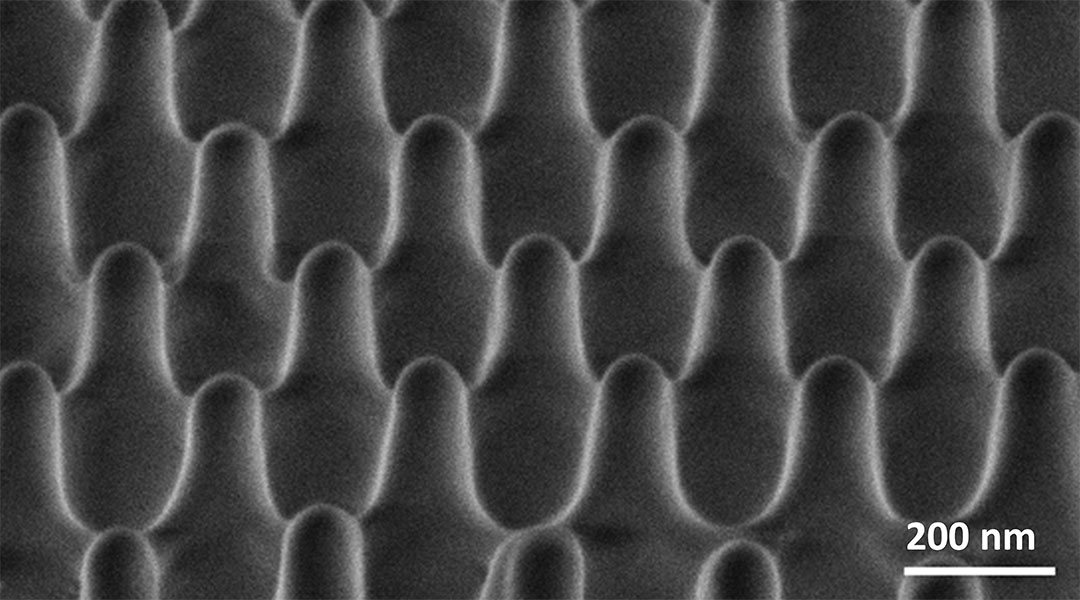
How much force does it take to kill a single bacterium?
Scientists are using nanomaterials to pressure bacteria and find new ways to combat antibiotic resistance.
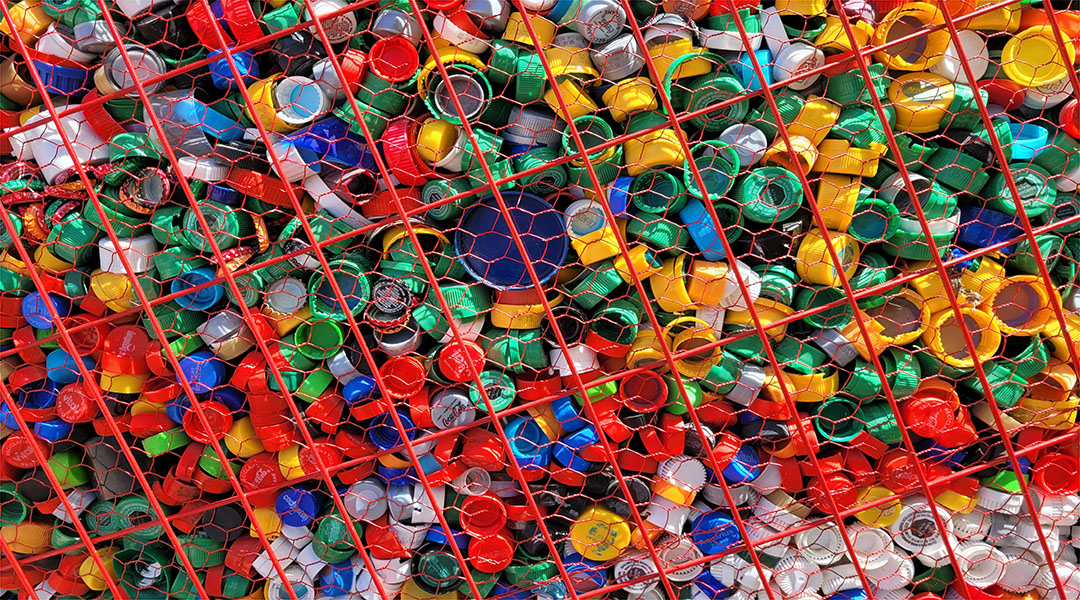
Bacteria in wastewater could be breaking plastics down for food
A common bacteria found growing on plastic in urban wastewater could provide new bioengineering solutions to clean up plastic waste.
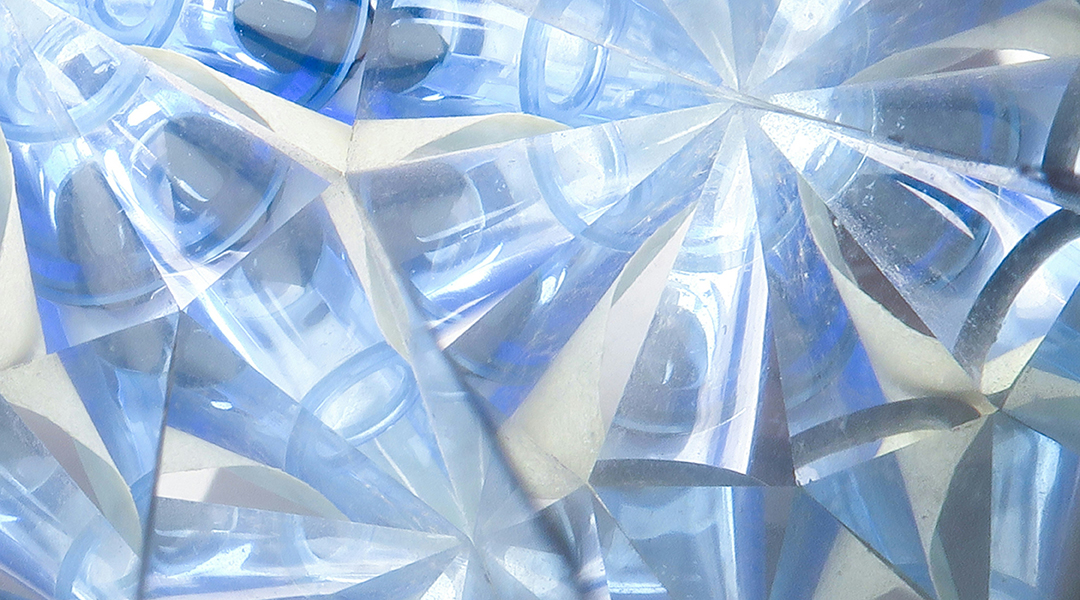
Quantum entanglement allows scientists to track time more accurately
Scientists have built atomic clocks with unprecedented levels of precision by harnessing quantum entanglement.
ASN Weekly
Sign up for our weekly newsletter and receive the latest science news directly to your inbox.

Fitness trackers powered by sweat
The generator harnesses energy from water and is built with a fiberform material derived from the straps of disposable medical masks.

Electrified microneedles get vaccine across the skin for cancer immunotherapy
Microneedle skin patches combined with a safe electrical current help antigens cross the skin to trigger an immune response against tumors.

Unexpected player links gravity and metamaterials
Scientists uncover a surprising link between hyperbolic metamaterials and gravity, revealing that light behaves similarly in both realms.
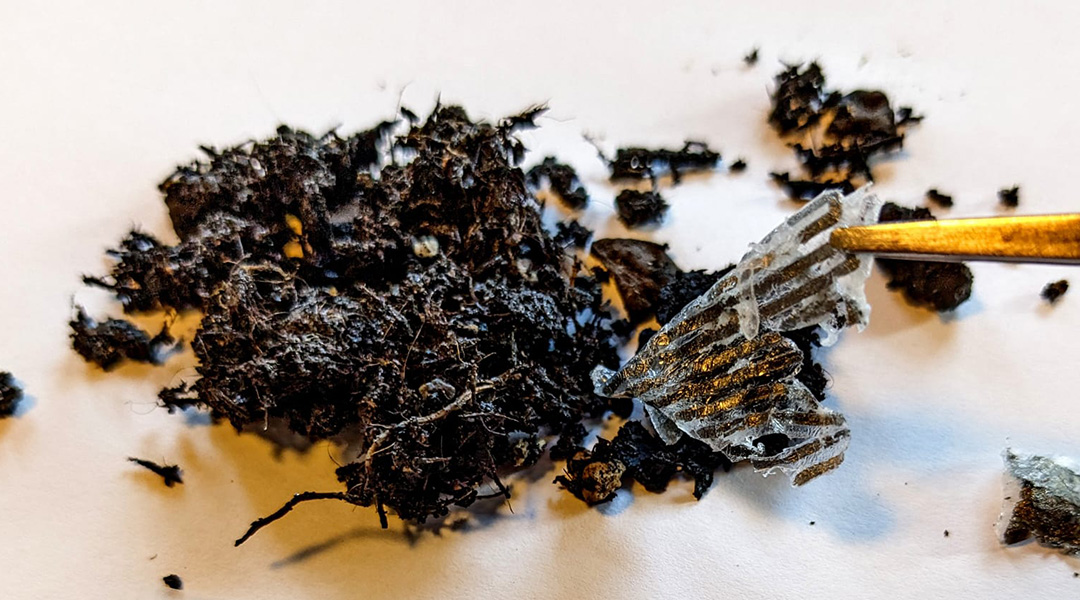
Cellulose could replace plastics in flexible electronics
Discover how cellulose may revolutionize flexible electronics, replacing plastics in eco-friendly, sustainable substrates for innovative devices.
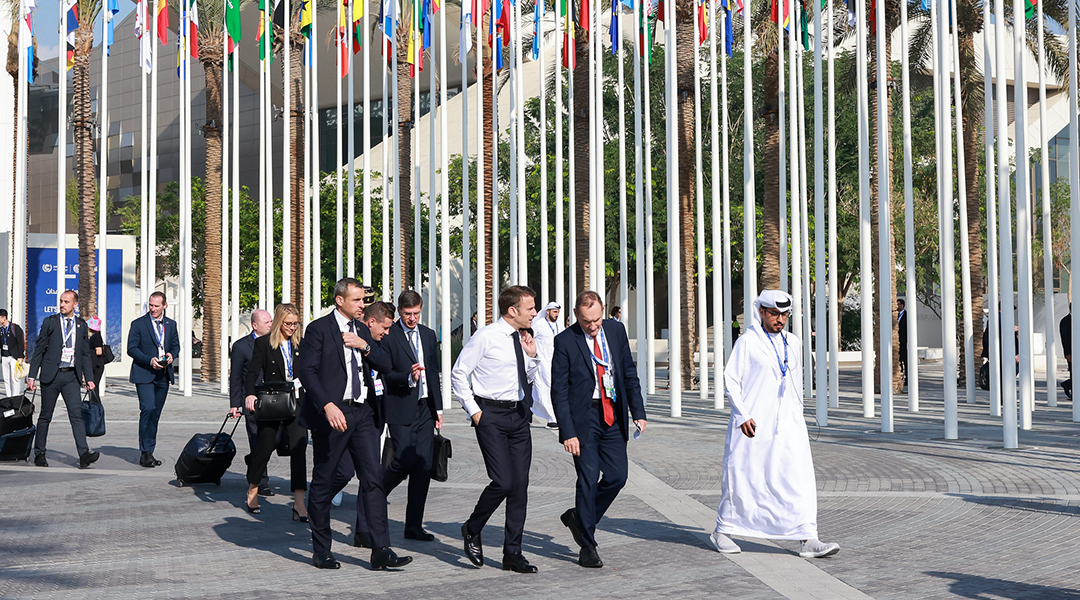
Many losing faith in COP28 as president denies climate science
The ongoing debate at COP28 over the phase out of fossil fuels is impeding efforts to address the severe impacts of climate change.

A living biosensor helps track honeybee health
First living biosensor developed to study honeybee gut microbiome, providing insights into health and conservation.
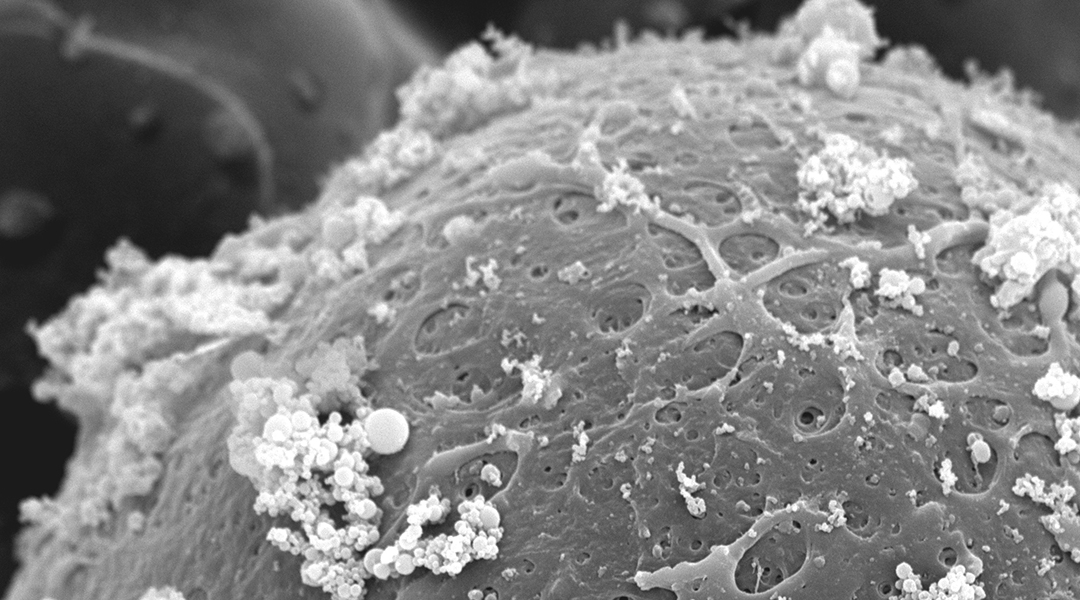
Fertility treatment finds gentler way to handle embryos using magnetic nanoparticles
A unique approach to the remote control of embryos in lab setups could transform what is possible with fertility treatments and IVF.
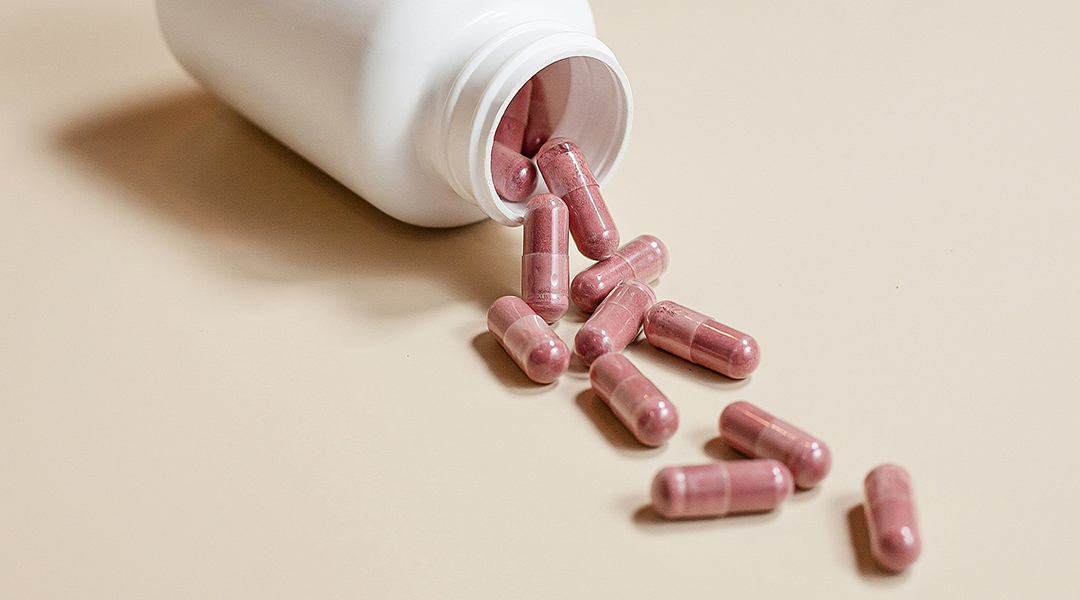
Certain probiotics could help prevent and manage heart disease
Study finds patients with high risk factors for cardiovascular disease may benefit from preemptive use of specific probiotics.

Scientists uncover a hepatitis C drug’s hidden structures
The active structure of an oral macrocyclic drug has eluded scientists for years despite its widespread clinical use—that is, until now.
No Results Found
The page you requested could not be found. Try refining your search, or use the navigation above to locate the post.
No Results Found
The page you requested could not be found. Try refining your search, or use the navigation above to locate the post.
No Results Found
The page you requested could not be found. Try refining your search, or use the navigation above to locate the post.
No Results Found
The page you requested could not be found. Try refining your search, or use the navigation above to locate the post.
No Results Found
The page you requested could not be found. Try refining your search, or use the navigation above to locate the post.
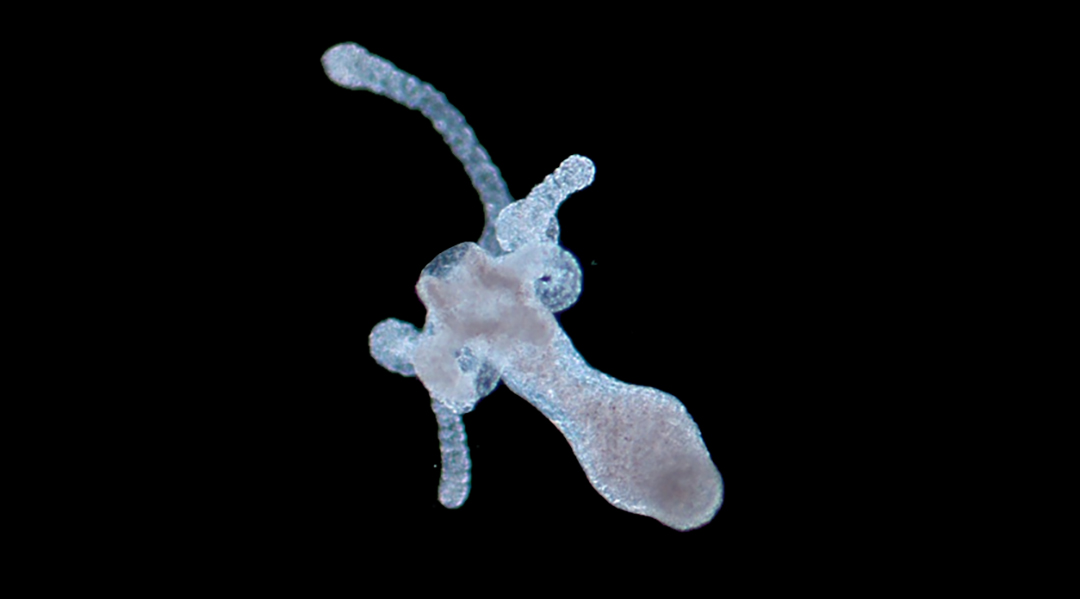
Gold nanoparticles help hydras regrow their heads
Gold nanoparticles and near-infrared light speed up regeneration and reproduction in hydras, providing insights for regenerative medicine.

Nanoparticles disrupt placenta, potentially affecting fetal development
Nanoparticles disrupted the placenta’s secretion of biomolecules essential for blood vessel growth, hormone production, and immune function.
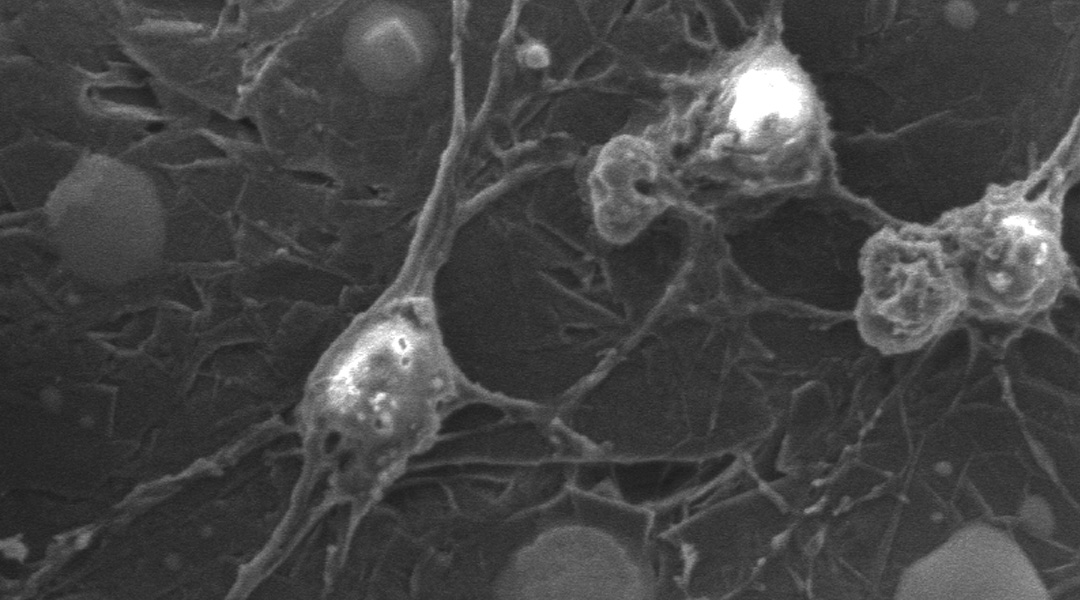
A patch fitted with stem cells helps repair damaged spinal cords
A patch delivers electrical pulses to help support stem cell growth, helping mice recover mobility in their hind legs in preliminary studies.
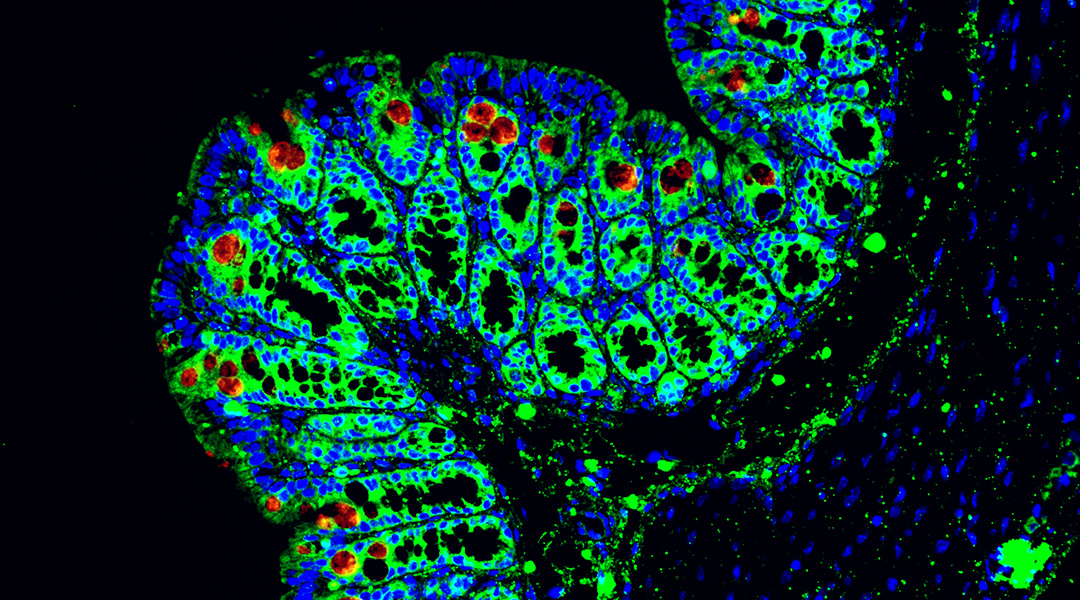
Severe digestive symptoms in glycogen storage disease linked to gut microbiota
Scientists discover interactions between gut bacteria and immune cells that cause inflammatory bowel disease in glycogen storage disease.

How the bias in algorithms can help us spot our own
People recognize their own biases in algorithms’ decisions more than they do in their own—even when those decisions are the same.

Electronic socks prevent foot-related complications in diabetic patients
An electronic sock detects an “unhealthy” walking style linked with diabetes and poor circulation to prevent foot ulcers and amputation.
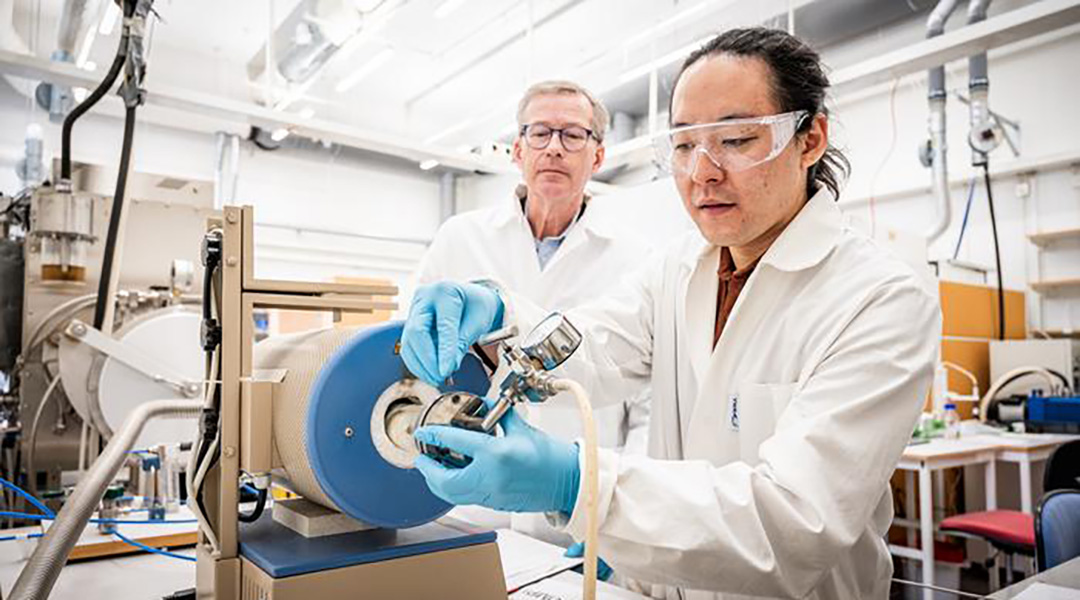
Goldene, graphene’s golden cousin produced for the first time
Scientists have managed to create sheets of gold only a single atom thick using a hundred-year-old Japanese smithing method.

Laser light induces magnetism at room temperature
Scientists create magnetism in a non-magnet at room temperature for the first time, with implications in quantum tech and computer science.

Fear of snakes may be driving them to extinction
With Africa’s population set to double by 2050, many snake species face a higher risk of extinction, prompting concerns among conservationists.

Gold nanoparticles could help coral reefs avoid extinction
Innovative cryopreservation technique revives adult corals, safeguarding their genetic material to seed future populations.

Surprisingly, giant viruses keep algal blooms healthy
Contrary to previous assumptions, giant viruses play a vital role in sustaining algal blooms that form around the world every year.

The surprising biodiversity of a Brisbane backyard
A year-long survey of an ordinary urban lot found over 1000 unique species, revealing our yards are home to a great diversity of life.

New test could help detect effects of quantum gravity
Gaining an understanding of quantum gravity could help scientists uncover some of the Universe’s deepest mysteries.
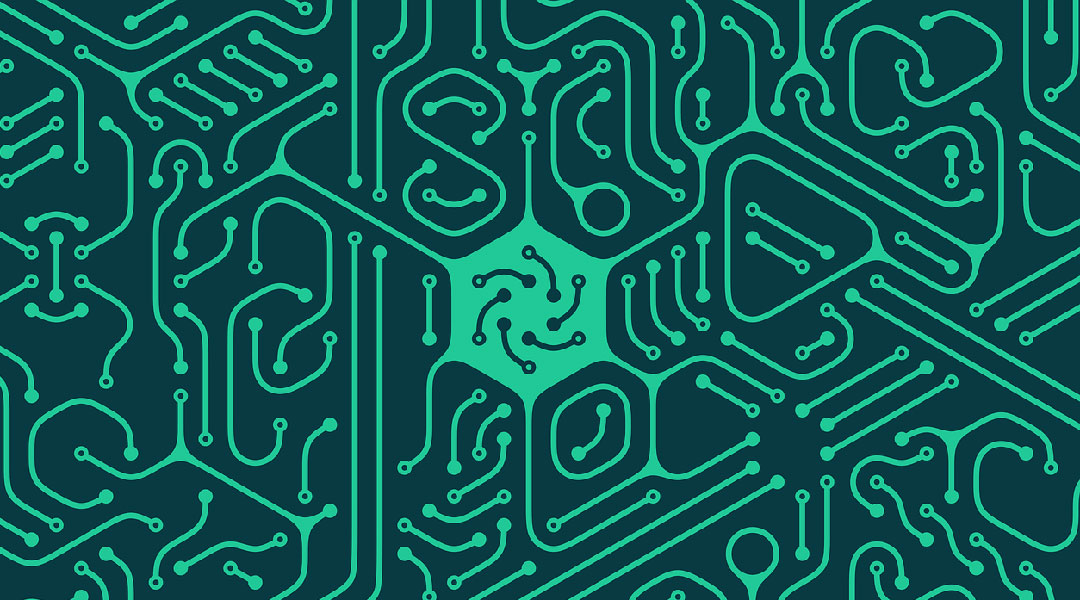
New memristor design could be a game-changer for AI and big data
Computers based on memristors promise significant energy savings and improved accuracy in large-scale computing.

Superconducting qubit promises breakthrough in quantum computing
A radical superconducting qubit design promises to extend their runtime by addressing decoherence challenges in quantum computing.

Satellite mission sets stage for unhackable quantum communication
Upcoming space experiment sets sights on encrypted quantum communication, which could also provide valuable insights into quantum gravity.



